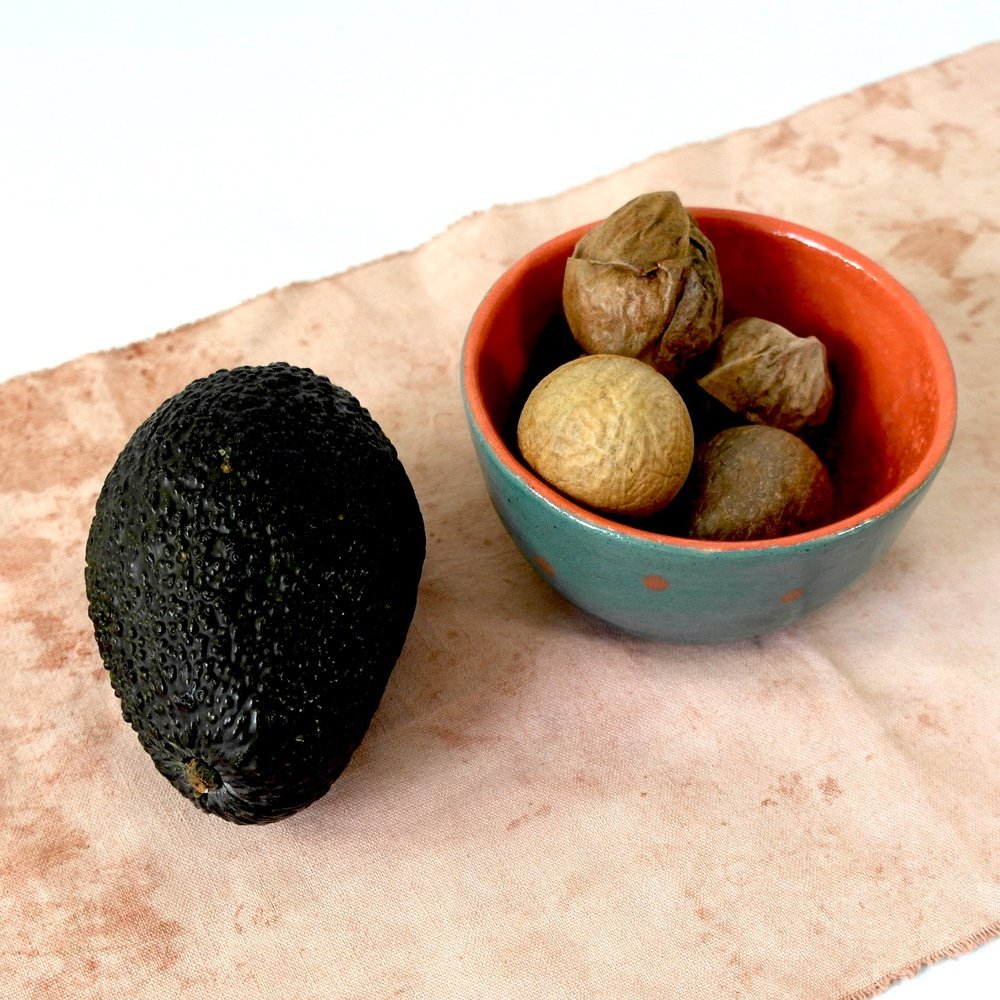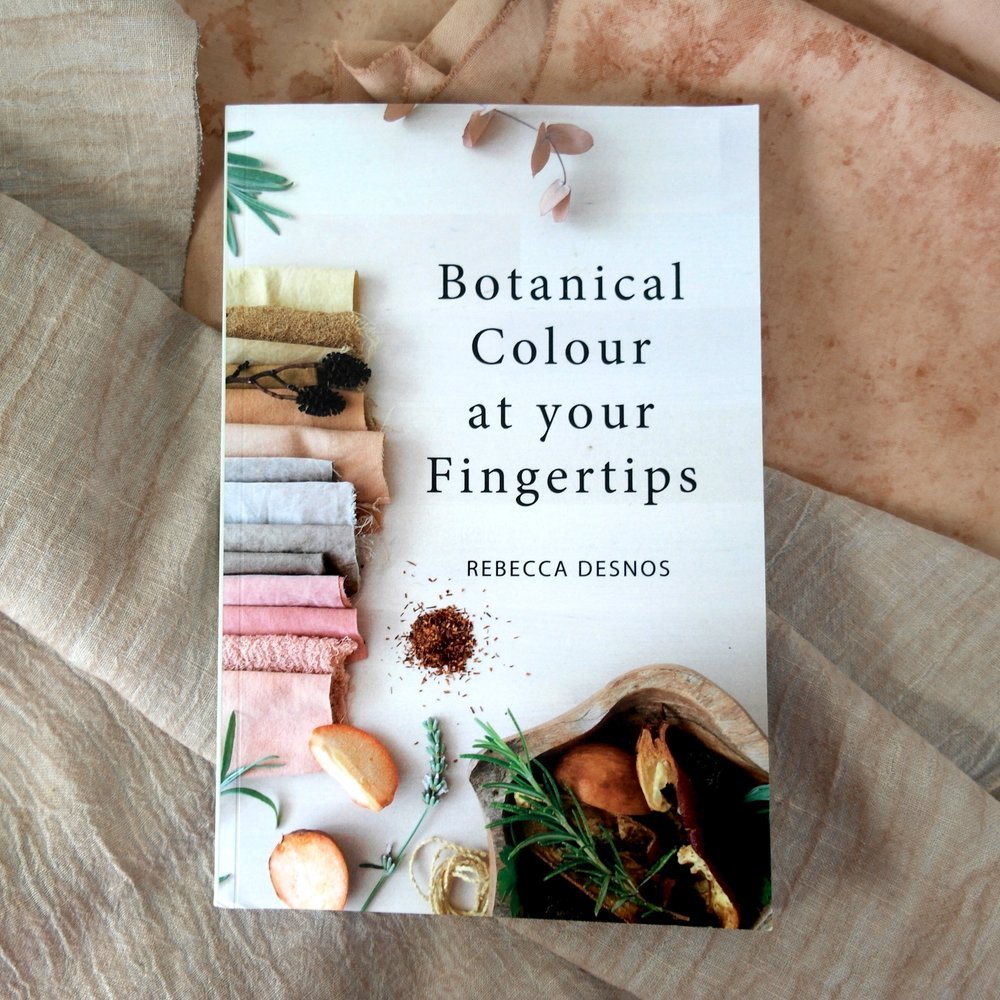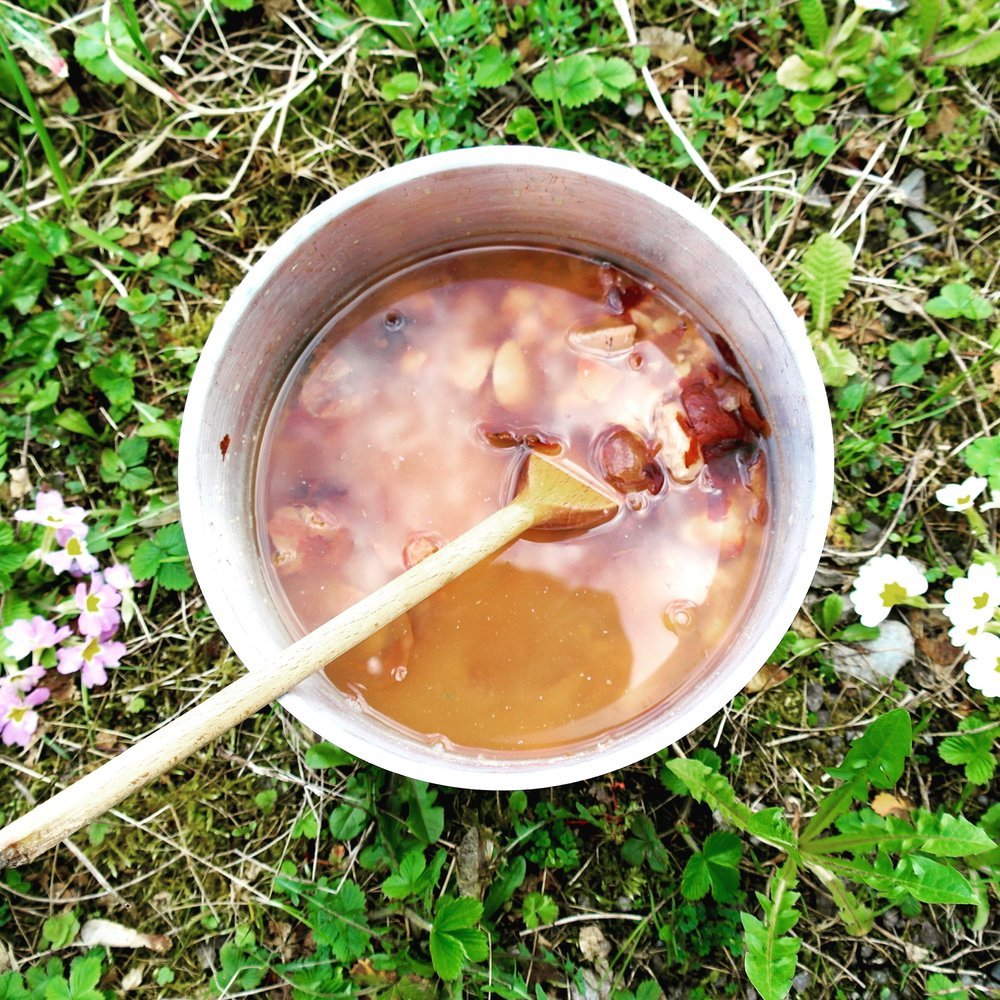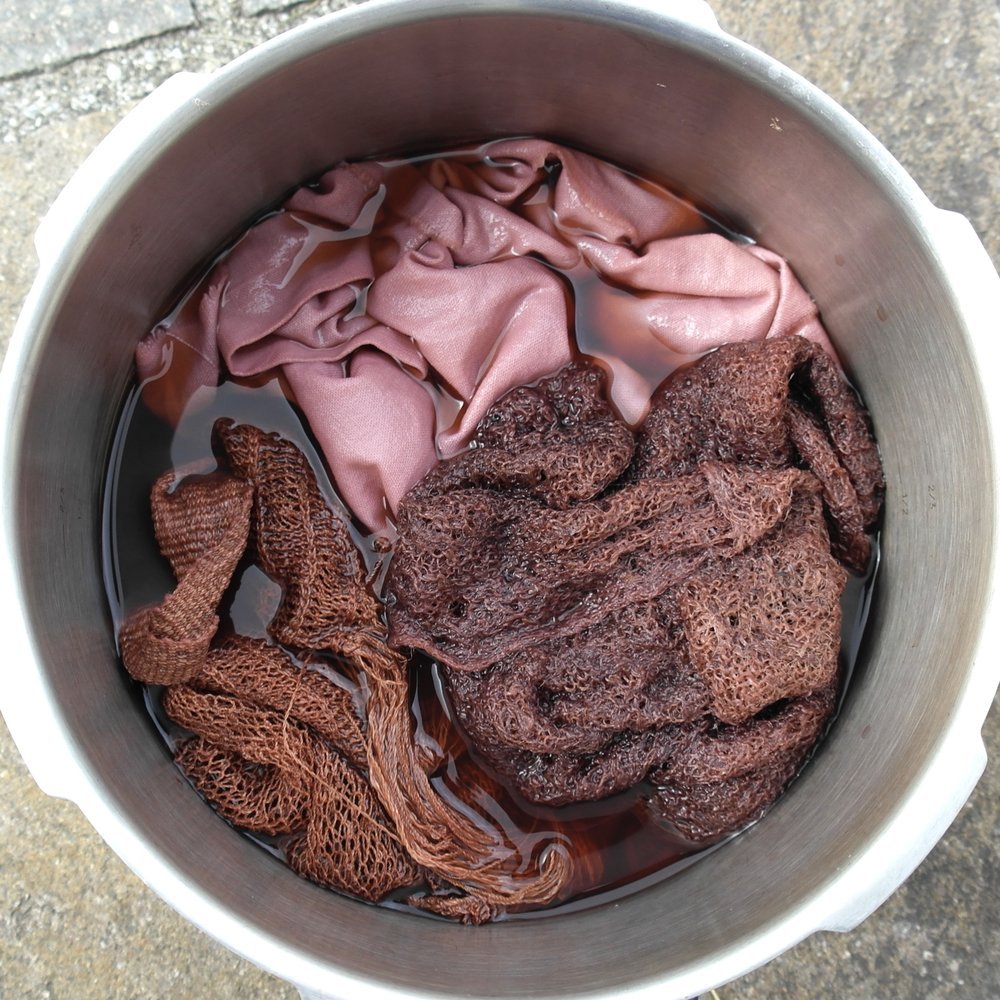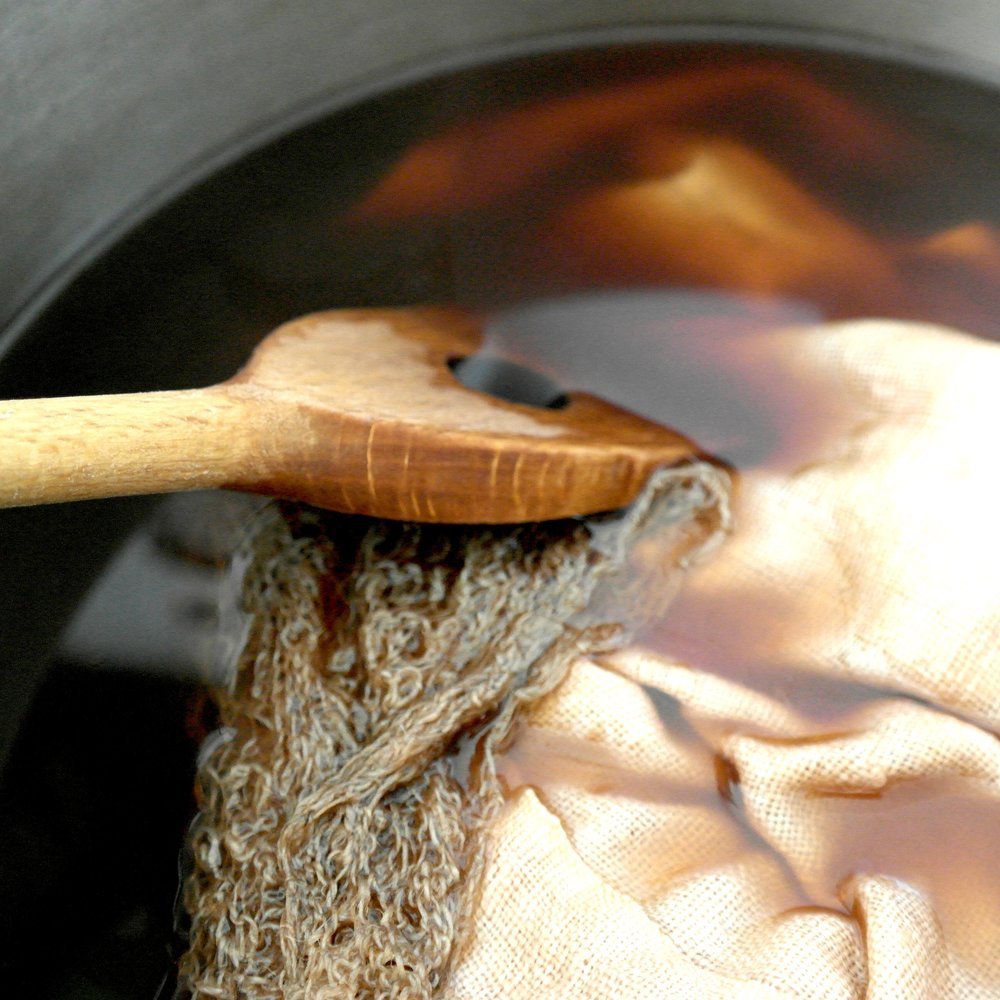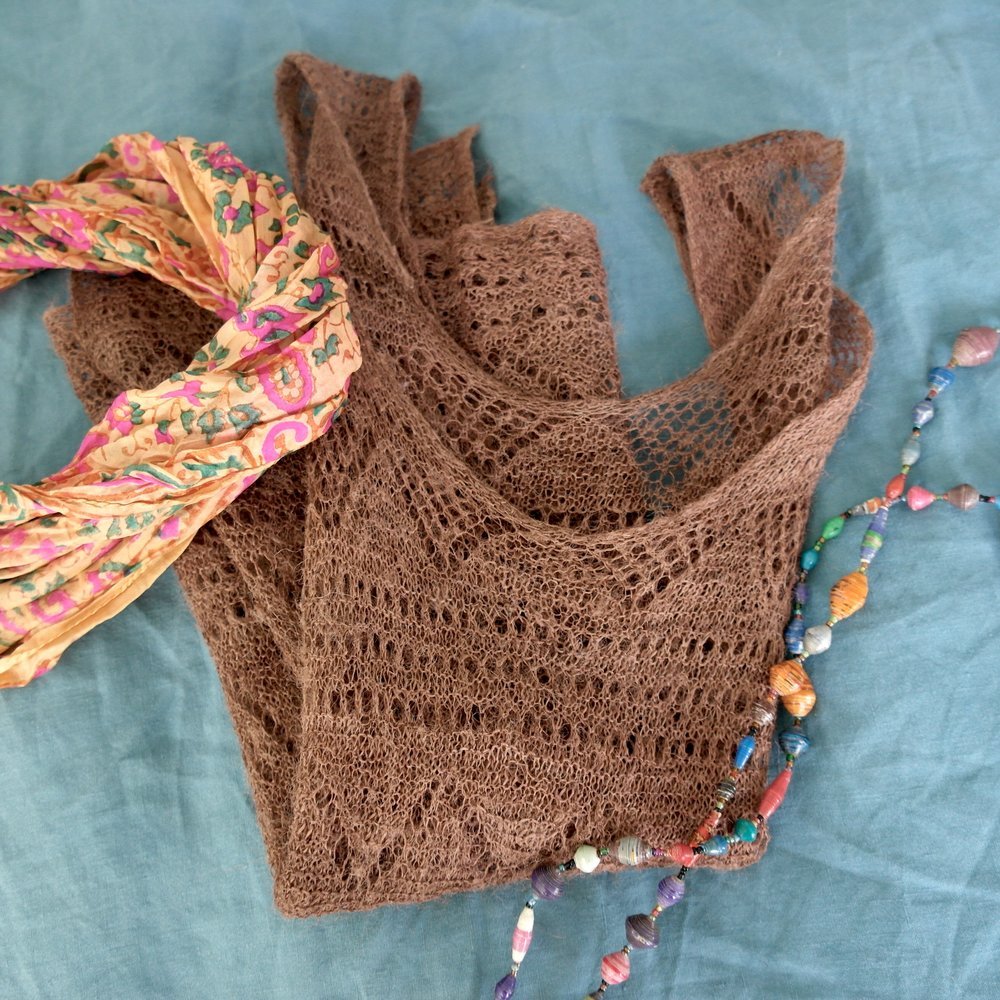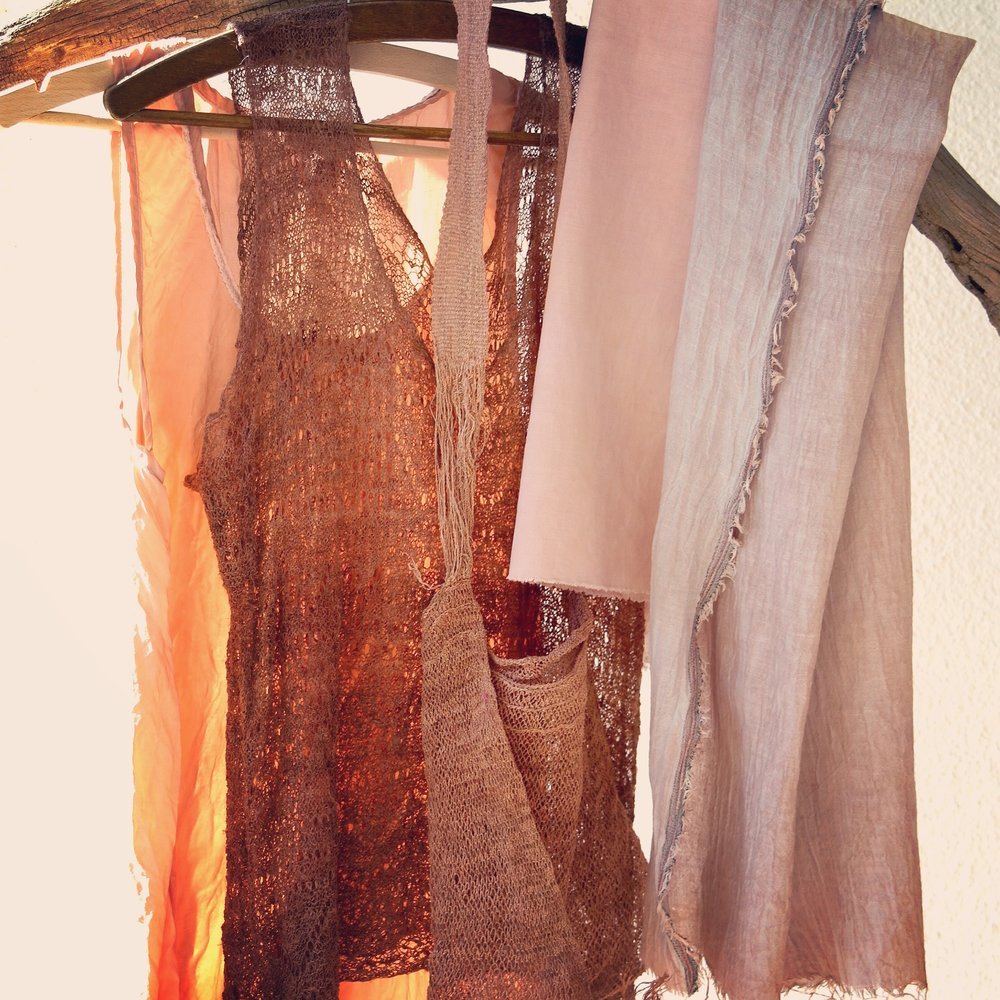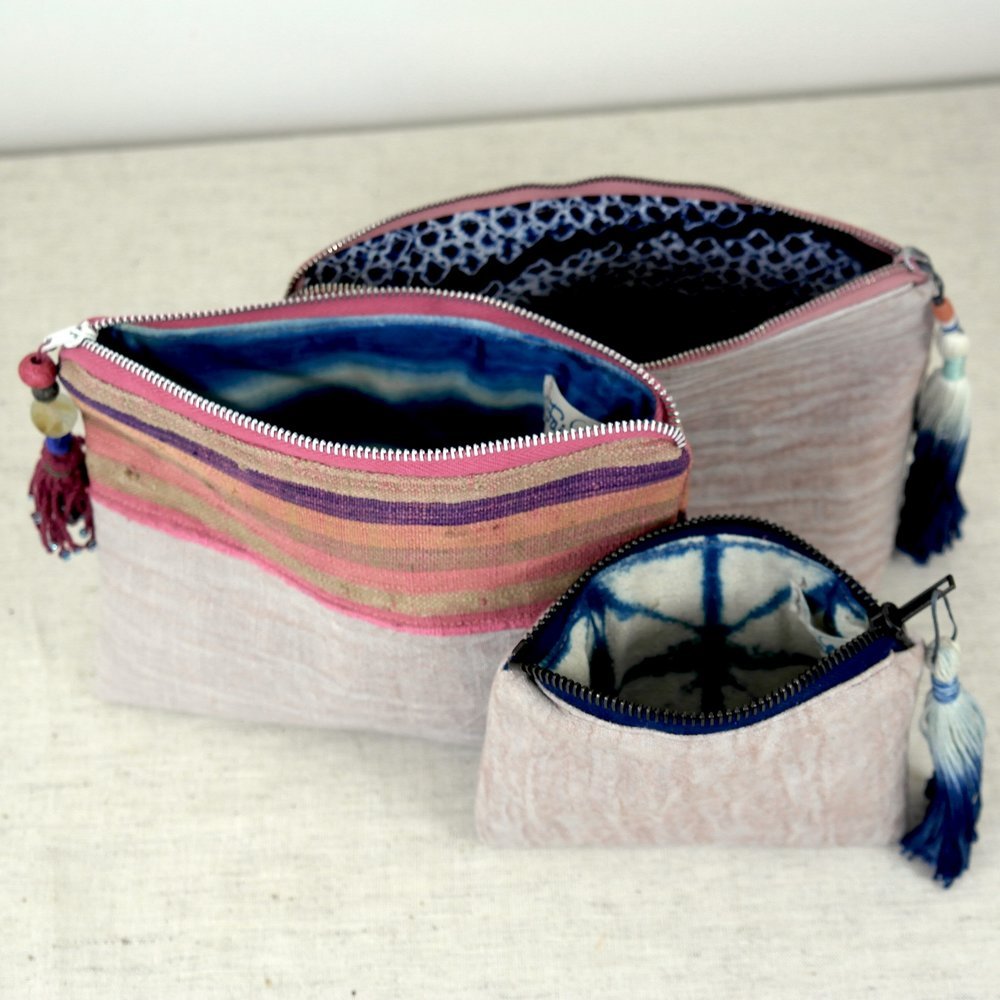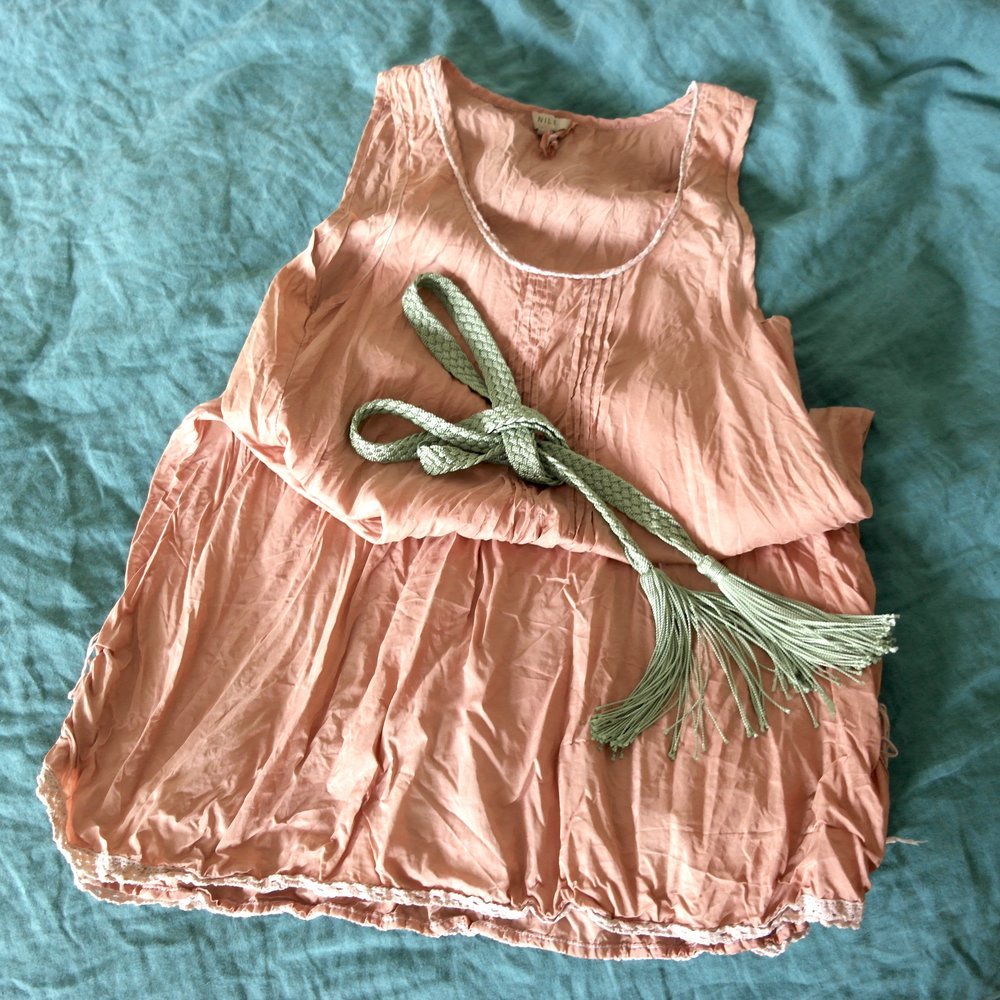Natural Dyeing with Avocado
I have always been fascinated with dyeing fabrics and clothes, ever since that childhood day when I was invited to one of these (nowadays rare) at-home-activity birthday parties getting us kids immersed in the art of tie-dyeing. To this day, I remember how pleased I was with the unexpected result of the combined acts of tying and dyeing. The moment of surprise and bliss, when you retrieve the dyed garment from the dye pot, cut the strings and then unfold the fabric!
As I got older, I discovered the (less messy and less exciting) washing-machine dyeing. Very simple - stick the colour with some salt in the machine, add fabrics, switch on and - presto! I use this method to over-dye any piece of fabric I get bored with: bedlinen, towels, shirts, fabrics for my projects - you name it. On the downside, machine dyes turn out uniform, the colour range to choose from is always the same. In addition, I suppose that the dyeing process is not entirely ecological, even though the dyes I use are not toxic.
I have always been wanting to try the "real thing" - dyeing with natural colours. I attended a couple of workshops, which gave me a great overview of what the process of dyeing with plant matter involves. I was also a bit overwhelmed with the ingredients needed (I was never great at chemistry), the equipment to be bought and the plant material to be collected. In short - the real, "full-on" natural dyeing process just seemed like something I couldn't find the time and resources for at this stage. I did collect lots of Hibiscus flowers from my mom's plants (only to be composted later) as well as lots of onion peels, and I grew some madder. I used the latter two to dye easter eggs after abandoning my ambitious natural dyeing project eventually.The colour was lovely!
Then, about a year ago, I came across a booklet by Rebecca Desnos, Botanical Colours at your Fingertips. This was just what I needed to get me started with natural dyeing, without having to deal with chemicals and without having to procure expensive equipment. All you actually need for botanical dyeing is an aluminium pot, soy milk, a bucket and some plant matter.
Rebecca Desnos provides simple instructions on how to dye with avocado pits. These have the great advantage of being relatively heavy, thus you don't need huge quantities to produce a fairly strongly coloured dye, unlike with other, lighter plant matter. Their other advantage is that they produce a very lovely bronze and sometimes even pink colour. Who would have thought?
The process of botanical dyeing is simple, but can take a while - patience is essential. If you dye plant-based fabrics (cotton, linen, hemp), you need to mordant them first. This can be done with soy milk - completely natural! The trick is to immerse your fabrics in soy milk, letting them dry and repeating this process several times, so layers of soy can attach to the fibres. This is necessary because colour particles bond much more easily with animal proteins than with plants. After mordanting, the "soyed" fabrics should be put to rest for at least one week. For my dyeing attempt, I primed a white silk dress, some natural-colour Nepali hemp items, a jungle vine bag and some light blue linen.
Now you are ready to concoct the actual colour brew: the avocado pits are to be cooked in an aluminium pot by gently heating them, until they become soft, oxidise and crumble, all the while releasing their colour particles. You will end up with a bronze liquid, pink if you are lucky! After removing the bits and pieces of the avocado pits, reheat the liquid and then let it rest for a day or so.
Ready for the fun part of the experiment? Dilute your colour if necessary, put your fabrics in the pot, and gently heat it up. Let the dye simmer at a low temperature and then cool somewhat. Repeat that process as often as desired to achieve a beautiful colour.
And below are some results - the silk dress turned out a beautiful peach colour. The linen, which started out a very light blue, turned into a faded pink, and the nettle and hemp items a lovely, warm bronze. All in all, I am quite happy with my first attempt at botanical dyeing!

